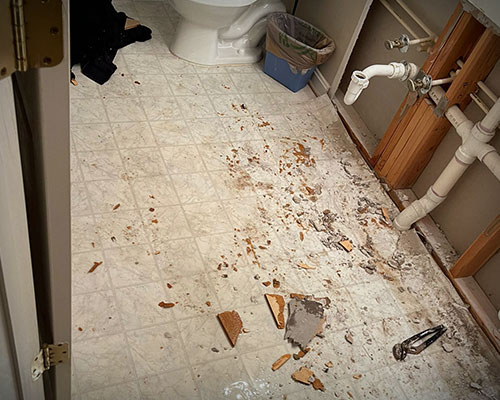Welcome to the Flood Damage Pro Glossary - your ultimate resource for navigating the language of flood restoration and damage mitigation. Whether you're a homeowner dealing with the aftermath of a water-related disaster or a professional in the field, our comprehensive glossary is here to shed light on the terminology and concepts surrounding flood damage.
From common terms to specialized jargon, we've curated a wealth of knowledge to empower you with a deeper understanding of the restoration process. Explore, learn, and empower yourself with the Flood Damage Pro Glossary.
Comprehensive Water Damage Terminology Guide
Whether you're a homeowner navigating the aftermath of a flood or a restoration professional, this water damage glossary helps clarify terminology commonly used in the industry. With clear definitions and explanations, the Flood Damage Pro terminology guide enhances understanding during water damage mitigation and restoration efforts...
Read more

Call now for an on-site evaluation and inspection for emergency services


On every job
CALL FLOOD DAMAGE PRO
